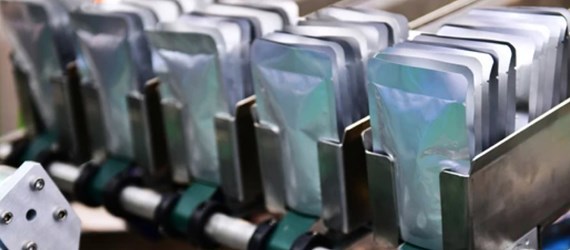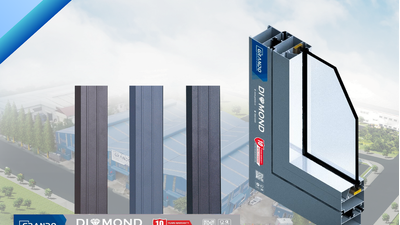Aluminium’s role in achieving net zero
Aluminium is light, strong, durable, electrically and thermally conductive, and formable. These characteristics make our metal the ideal material for many applications that reduce the greenhouse gas emissions intensity of human activity.
In addition, once a product made with aluminium reaches the end of its useful life, the metal is infinitely recyclable. Aluminium made today will be available to future generations for their use, saving natural resources and energy that would otherwise be required to make new material.
Some important ways aluminium contributes to achieving net zero
1. In the transport sector, by light-weighting vehicles electric cars to planes to make them more energy efficient while maintaining their strength and safety. Aluminium is also an important component in mass transit systems, displacing personal transport.

2. In the construction sector, improving the energy performance of buildings, particularly windows, curtain walls and facades. Increased use of aluminium also means more of a building can be recycled on demolition, reducing the requirement to make new material.

3. In the energy sector, as a key component of renewable energy technologies (especially solar photovoltaics and wind), energy storage, and the expanded electricity transmission grids required for electrification to displace hydrocarbons.

4. In the packaging sector, both as highly efficient packaging that uses very little material to provide the barrier to moisture and contamination required, and as a recyclable material to displace single-use plastics.




